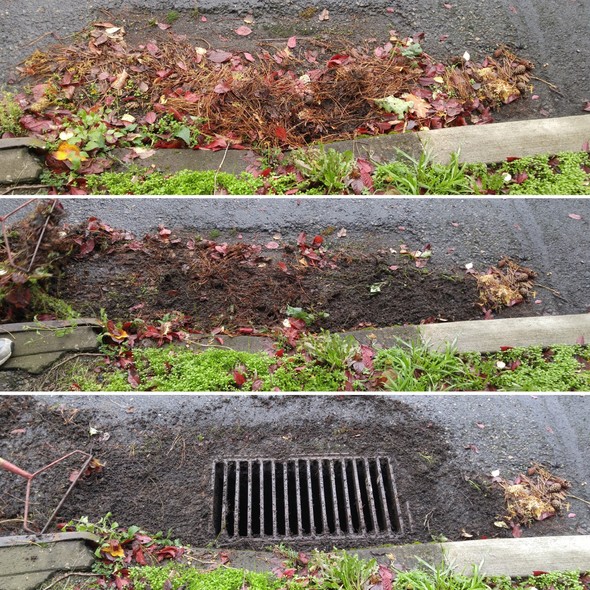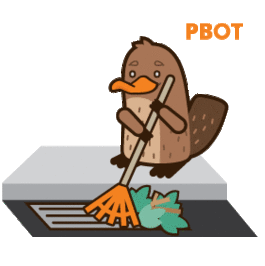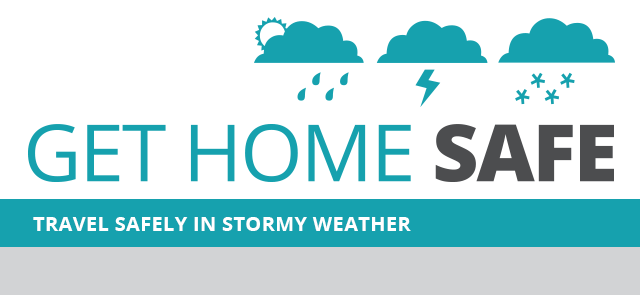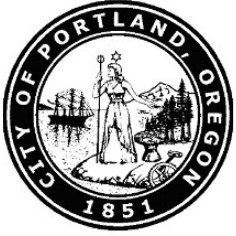News Blog: Help prevent street flooding by adopting your neighborhood storm drain
Portland Bureau of Transportation sent this bulletin at 09/16/2019 12:57 PM PDT
 Before, during, and after: Clearing storm drains helps water flow freely into Portland's stormwater system instead of ponding on city streets. Photos by PBOT. When clearing a storm drain, please keep these tips in mind:
 Who manages Portland's stormwater system?The federal Clean Water Act, Safe Drinking Water Act, and Endangered Species Act direct the City of Portland to improve stormwater quality and protect watersheds, rivers, streams, and drinking water resources. With the exception of storm drain maintenance, the overall management of Portland's stormwater system is the responsibility of the Bureau of Environmental Services (BES). BES coordinates the citywide response to the federal stormwater permit that requires the City to reduce stormwater pollution, and oversees programs that respond to water quality requirements and promote private stormwater management efforts. PBOT is responsible for maintaining catch basins and responding to street flooding and other safety concerns. The infrastructure includes 456 miles of stormwater sewer pipe, 878 miles of combined sewer pipe (carries both stormwater and sewage), 58,000 catch basins, and 4,700 miles of streets. PBOT also maintains approximately 351 trash racks, 141 miles of ditches, and 23 miles of culverts. 
The Portland Bureau of Transportation (PBOT) is the steward of the City’s transportation system, and a community partner in shaping a livable city. We plan, build, manage and maintain an effective and safe transportation system that provides access and mobility. www.portlandoregon.gov/transportation The City of Portland complies with all non‐discrimination, Civil Rights laws including Civil Rights Title VI and ADA Title II. To help ensure equal access to City programs, services and activities, the City of Portland will reasonably modify policies/procedures and provide auxiliary aids/services to persons with disabilities. Call 503-823-5185, TTY 503-823-6868 or Oregon Relay Service: 711 with such requests, or visit http://bit.ly/13EWaCg |









